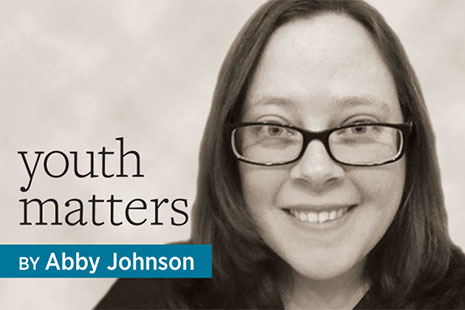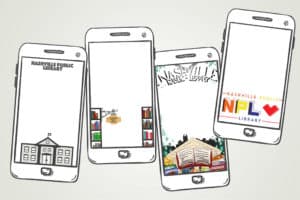
Winter is fast approaching, and it’s time to analyze how you handle holiday programming at your library. Do you put up a Christmas tree? If you offer religious programming, do you include all religions? Do you partner with organizations in your community to ensure that your offerings are wanted and culturally relevant? Have you ever considered what the “holiday season” is like at your library and why?
In recent years, there has been much discussion among children’s librarians about whether to provide—and how to execute—holiday programming. I think the answers to those questions depend on your community, and the first step is to stop and think objectively about what you’re offering and why.
Start by reading “Librarians—Check Your Holidays at the Door,” a 2014 opinion piece written by Kendra Jones, joint chief of Storytime Underground, and don’t skip the comments. Jones argues is that it is impossible to include holiday programming and decoration without excluding someone, and that it’s important for the library to be a welcoming space for all people.
Continuing the discussion started in Jones’s post, Lindsey Krabbenhoft, creator of the website Jbrary, wrote “Jumping Off the Holiday Ban-Wagon.” After reading the column and comments, check out the Community-Led Libraries Toolkit that she shares. Krabbenhoft urges professionals to follow the community-led libraries model and says that libraries can provide holiday programming within that model without focusing on religion. She also points out that every program has the potential to exclude someone.
Others have made that same argument. I asked Jones why holiday programming is different. “The difference between [nonreligious programs] and programs with a Christmas or Easter theme is that the latter are based on a religion that is not shared by many of our community members, and those who do celebrate can easily access festivities elsewhere,” she says. “We don’t need to improve access to Christmas.”
Programming choices have the potential to offend and exclude, just as they have the potential to educate and enrich.
While Jones writes in her piece, “you should not provide holiday programs this winter or ever,” Krabbenhoft told me that holiday programming does not have to be an all-or-nothing affair. “There is a gray area in this discussion, and that’s where I think community-led librarianship comes in,” she says. “In this model, library staff members actively work out in the community—building relationships, getting to know people, learning about the area’s needs—in order to connect people to the library. It requires a change in traditional thinking. Rather than presenting ourselves as the experts, we stop and listen and engage and listen some more and work together.”
Opinions about holiday programming in libraries vary tremendously, and the debate can elicit emotional responses. Though it can be a hard conversation to have with colleagues and community members, I think it’s important to examine holiday offerings and think critically about them.
Thinking critically about programming does not mean our libraries have to be blank spaces. We need to be aware that our programming choices have the potential to offend and exclude, just as they have the potential to educate and enrich. We should constantly be questioning what we’re doing and how it functions for our audience. Specifically, ask yourself:
- Am I doing this programming for me or for my community?
- Do I know what my community wants and needs, or do I just think I know?
- Why is the library the place for this program to happen?
And if yours is a library with a long tradition of holiday programming that you find to be ineffective or exclusionary? You may want to consider transitioning to programming that celebrates winter, snow, cooking, love, or families.
Great libraries constantly evaluate the programs and services they are offering. If you’ve never taken a moment to step back and examine how you treat holidays in your library, now is the time to start.


